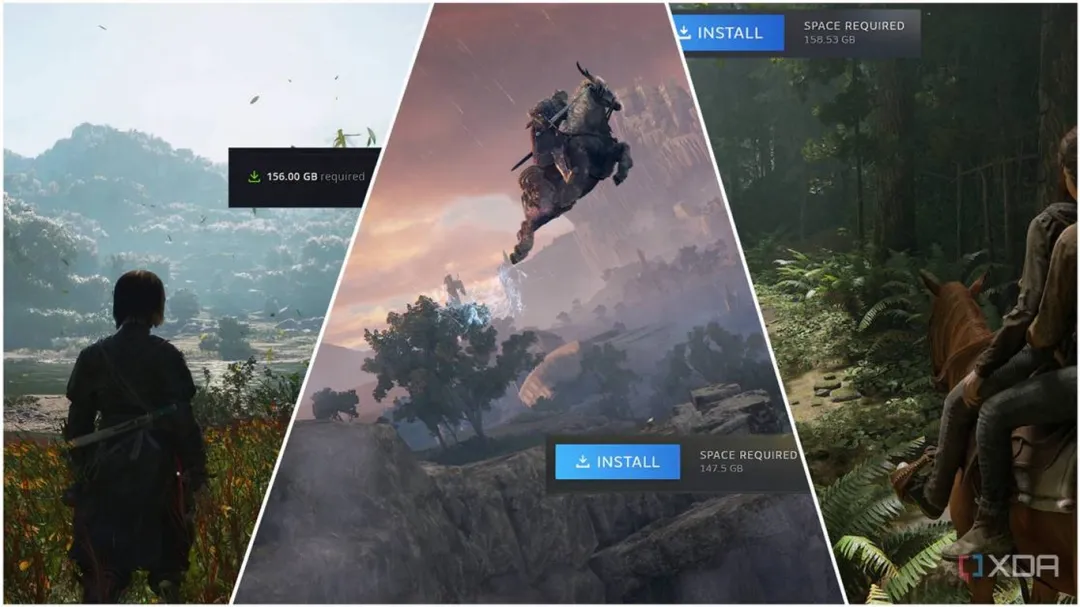Comparative Study of Gaming Payment Systems in Japan and Indonesia

Across the vibrant landscape of Asia, Japan and Indonesia emerge as titans in the gaming industry. Both nations harbor immense gaming communities, yet they diverge significantly in their preferred payment methods. This variance challenges game developers to adapt their strategies in pursuit of success.
In Japan, tradition reigns. Players predominantly rely on familiar payment systems that include credit cards and carrier billing, embedded deeply within the nation’s commerce culture. The attachment to stable financial infrastructures reflects a broader societal preference for reliability and security.
Conversely, the gaming payment landscape in Indonesia is characterized by rapid digital transformation. With the rise of mobile-first habits, Indonesians have eagerly adopted e-wallets and mobile banking services. The shift is fuelled by a burgeoning middle class and widespread smartphone usage.
For developers, these differences signify not just a need to localize content but to deeply integrate with chosen payment ecosystems. As expert analysts highlight, understanding these market-specific nuances is essential for capturing the loyalty and spending power of gamers in each realm.
Success in these two distinct markets demands a dual approach, respecting Japan’s affinity for stability while embracing Indonesia’s innovation-driven modalities. In the ever-evolving Asian gaming sector, aligning with cultural and financial expectations remains a key determinant of commercial triumph.







